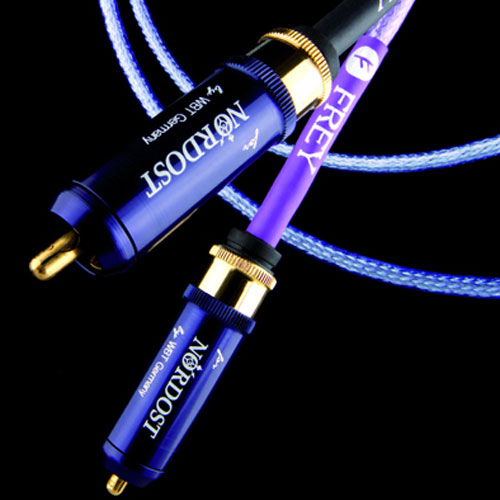Connectors: Buying by the Label Can Often Lead to Disappointment
The evolution of the WBT RCA plug is an interesting case in point. They started out with their USP being the mechanical integrity of the locking collar. But the smaller and more affordable versions always sounded better than the more ostentatious and elaborate models. Eventually, the company launched the NextGen, which marked a dramatic step forward in musical performance. How did they differ from the previous design? By eliminating all unnecessary metal, replacing the solid brass body with an engineering plastic molding that supports minimalist contacts, and using a lightweight sleeve. WBT also looked at the contact materials themselves, offering a choice of copper or silver, each with minimal plating. This simple straight-line philosophy is becoming increasingly common amongst connector manufacturers, and the sonic benefits are all too apparent. Having conducted public demonstrations of identical interconnects featuring original WBT connectors, counterfeit versions of the same plug produced in China, and a NextGen equivalent, we can safely say that the differences in system performance that result are shockingly apparent. Generally, the best-sounding connectors use the minimum amount of metal in their structure, choose it with care and cover it with the minimum layers of plating to ensure that it doesn’t oxidize. On a practical level, connectors should offer a good, tight fit and decent strain relief to the cable, and they should be robust enough to handle. So don’t be put off by the cheap-looking little plugs that adorn many cables. Quite often they sound better than the prettier ones used further up the range. After all, what’s the point of spending serious money on a cable with fancy metallurgy and ultra-precise conductor geometry if you then take that signal and pass it through a massive chunk of brass plated with gold over three or four other layers just to make it shine? |

 t is a readily demonstrable
truth that connectors can make or break the performance of any cable. What is more, those
things that make a connector sound good are rarely visible to the eye. In fact, the
situation is actually quite the opposite; the more massive, over-engineered and gaudily
plated the connector the worse it will generally sound.
t is a readily demonstrable
truth that connectors can make or break the performance of any cable. What is more, those
things that make a connector sound good are rarely visible to the eye. In fact, the
situation is actually quite the opposite; the more massive, over-engineered and gaudily
plated the connector the worse it will generally sound.